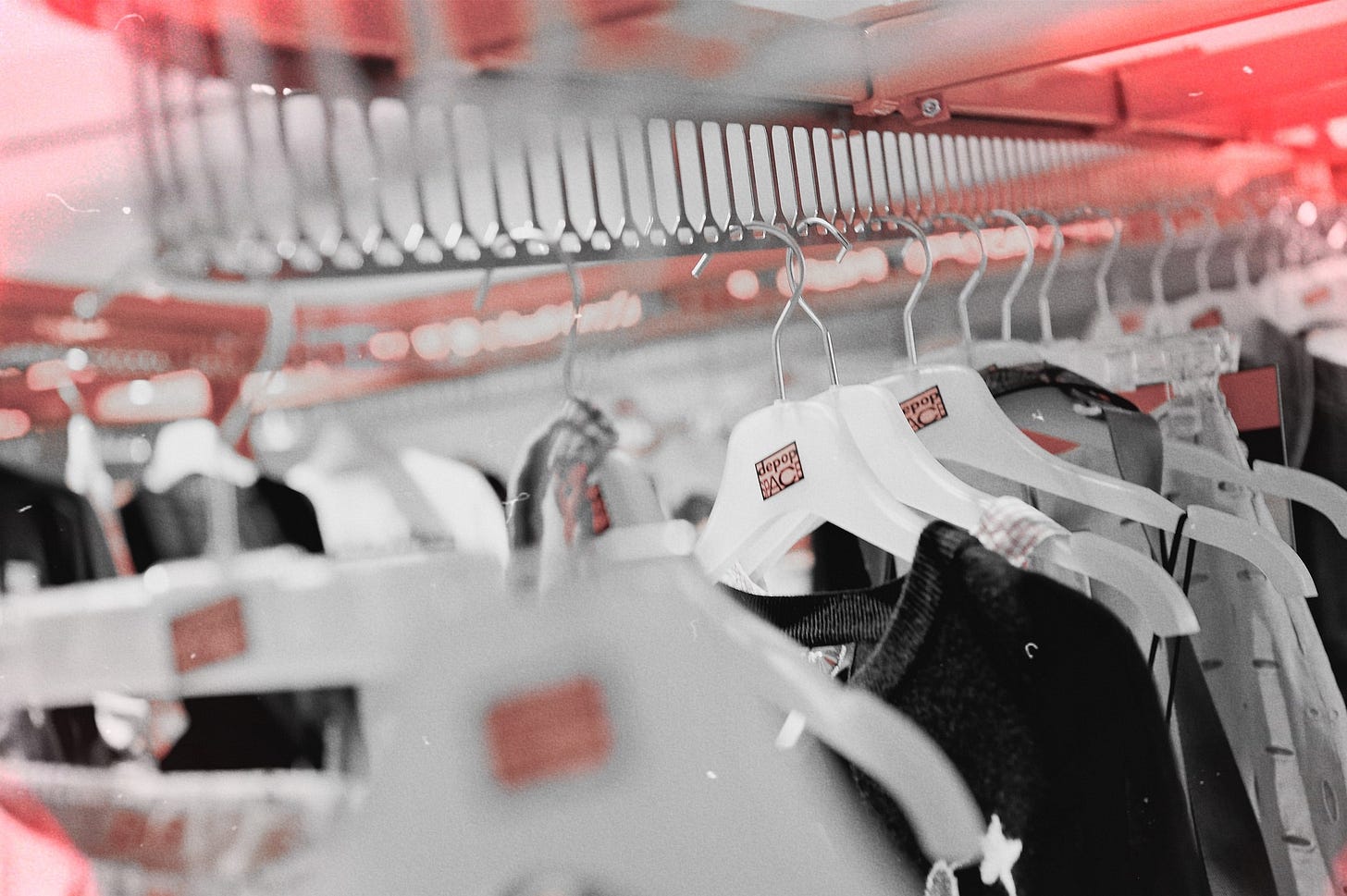More Data Proves Secondhand Shopping Is the Future
1 in 4 young people will buy more secondhand clothing next year. Is that a good thing?

Instagram released its 2022 trend report on Monday, and the results for Gen Z’s forthcoming shopping habits are, well, unsurprising. According to Instagram’s data, 1 in 4 people surveyed (which is around 23%) are expected to thrift more for their clothing through online shops like Poshmark and Depop in 2022. About 24% of young people are expected to also sell more clothing online.
This isn’t all that surprising, especially if you are also someone that shops online. The availability of certain styles on resale websites seems to increase almost daily. Plus, according to ThredUp, the secondhand market is projected to double in the next 5 years, reaching $77B. So what does it all mean?
The good:
Overall, this is a positive development in fashion that I hope will push more brands to implement better recycling programs of their own clothing. They know their own clothing better than any third party website, so offering returns and repairs is a way to make the clothes last longer. It could also be a way to transform parts of the supply chain from constantly making new pieces, to mending and reselling old ones.
In the pull quote in Instagram’s report, one person said “I want to see more learning and education about the pieces we wear and dissect the pieces that we are buying.” The motivation for the uptick in resale seems to be driven by a heightened awareness of ethical issues within the fashion industry which is promising for the future.
The not so great:
Thrifting isn’t a fix for fashion’s big issues and it may give a false sense of benevolence around sustainable shopping. Consumption is still at an all time high, and just because you're cycling your clothing instead of throwing it in the trash doesn’t mean it’s necessarily better. Much of the fast fashion that ends up in secondhand stores still has a very short life cycle – mending and repairing is still a better alternative.
What’s more, many people feel that driving up the price of secondhand clothing by purchasing and curating is a form of gentrification.
So I want to turn it over to you for a conversation in the comments.
What are your thoughts on the rise of secondhand shopping? How do you think we can maintain growth and awareness of ethical issues in fashion without constantly pushing an alternative for shopping?



